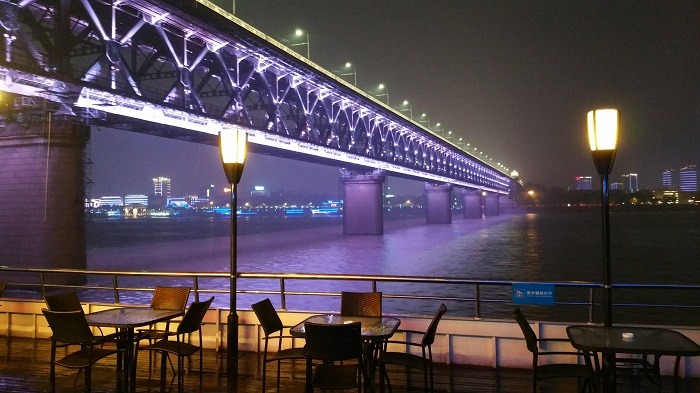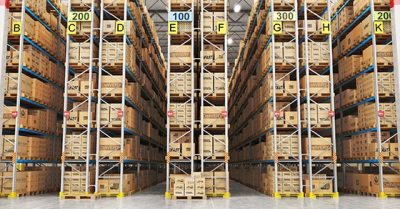
This week, I traveled to Wuhan, China to work on a supply chain project with a customer and found interesting to share some information with you about this 10-million people city.
Wuhan is the capital of Hubei province and is recognized as the political, economic, financial, cultural, educational and transportation center of Central China on the Yangtze and Han rivers.
In 1926, the center of the Great Revolution shifted from the Pearl River to the Yangtze River. On November 26, the KMT Central Political Committee decided to move the capital to Wuhan.
With a 3,500-year-long history, Wuhan is one of the most ancient and civilized metropolitan cities in China. During the Han dynasty, Hanyang became a fairly busy trading port and today Wuhan has become a major transportation hub with a massive infrastructure of railways, roads, barges, and freeways connecting the city to major cities in Mainland China. This was already the case in the late 19th century when railroads were extended on a northbound-southbound direction through the city, making Wuhan a critical transshipment point between rail and barge.
Opened in April 1995, Wuhan Tianhe International Airport is one of the busiest airports in Central China. It has also been selected as China’s fourth international hub airport after Beijing Capital International Airport, Shanghai-Pudong, and Guangzhou Baiyun. Massive investments are planned to extend the airport capacity.
With such infrastructures, Wuhan has attracted foreign investment from over 80 countries, with 5,973 foreign-invested enterprises established in the city with a total capital injection of $22.45 billion USD. There is a well developed french community as about 50 French companies have operations in the city, representing over one-third of French investment in China, and the highest level of French investment in any Chinese city. Wuhan is also the China headquarter of PSA group in China (joint-venture with Dongfeng).
Wuhan has created several major industrial zones to support the economic development of the region. In addition to important multimodal transportation capabilities, the next effort is now to develop significant logistics parks, another point of entry to distribution and cross-docking operations to/from main Central China locations: within a 400-kilometer radius of Wuhan, 45 secondary cities are covered by the transportation and logistics network.
For those who do know China only from an Hong-Kong, Shenzhen, Shanghai or Beijing perspective, Wuhan may be an interesting « logistics destination » to consider.
If you are interested to receive more information, let us know and we will keep in touch!
In the meantime, I hope you will enjoy the picture of one of the Wuhan bridges I took last night from a boat on the Yangtze river.


